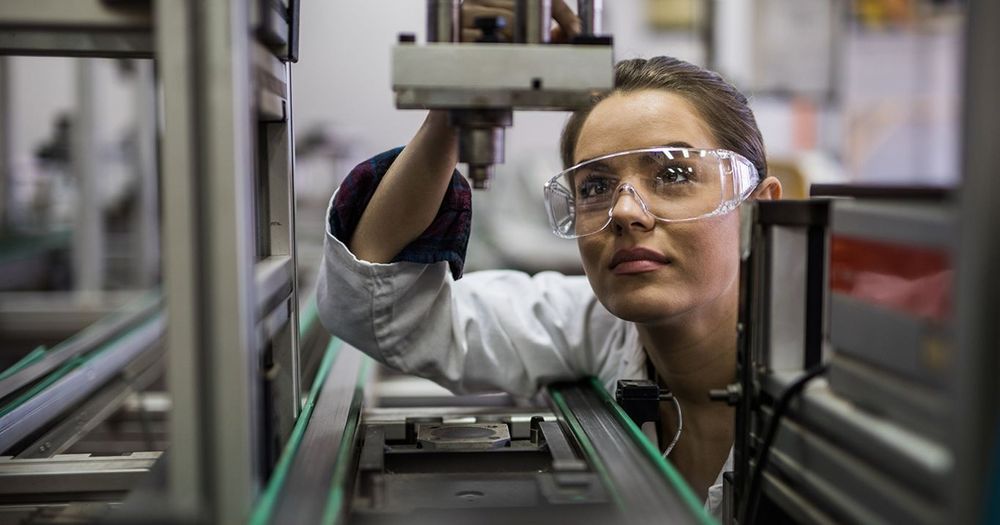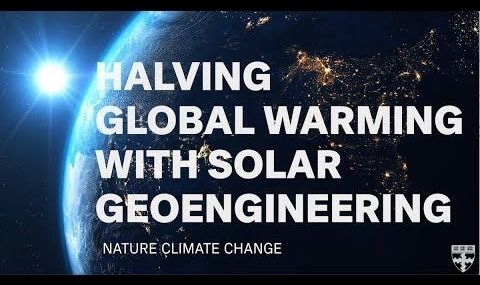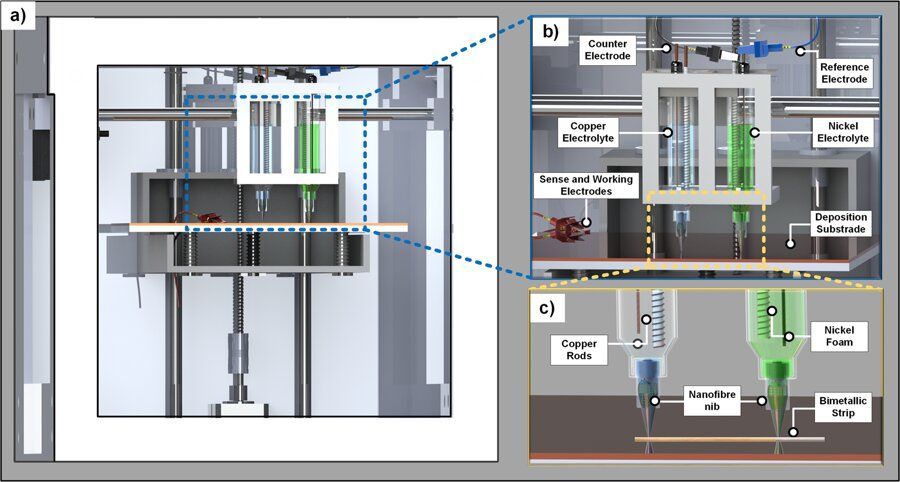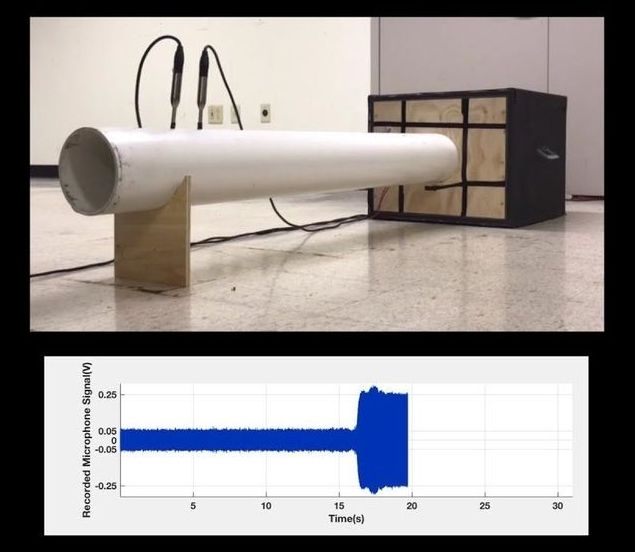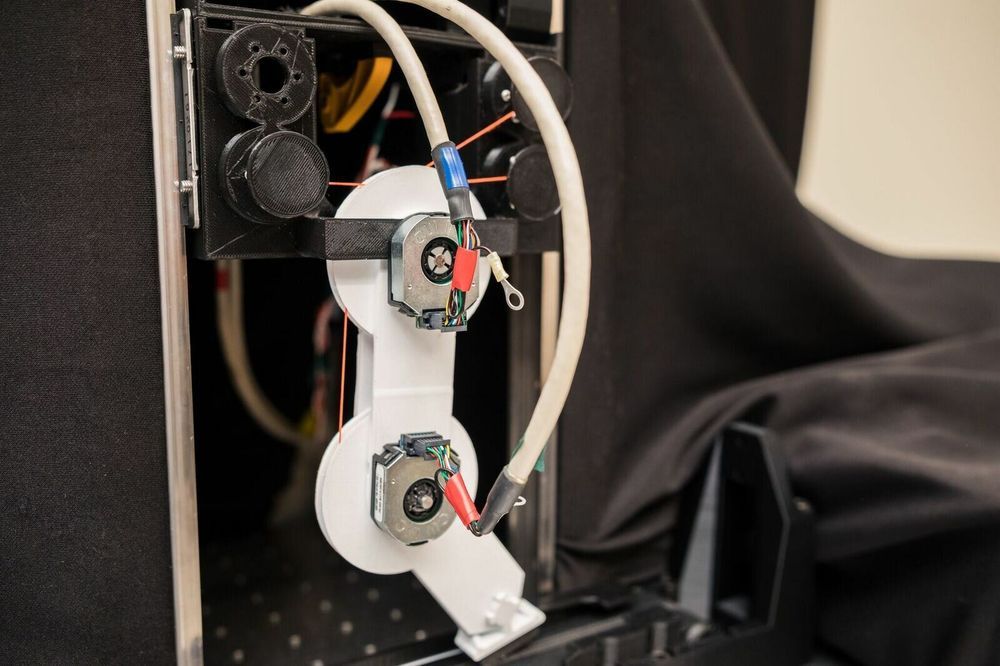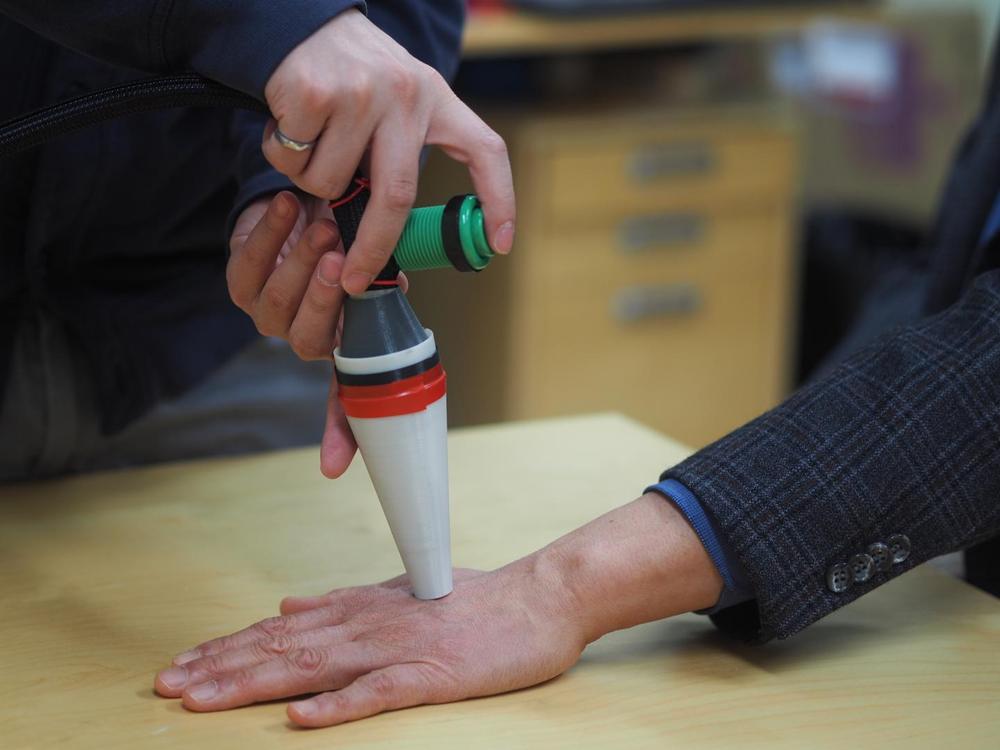Mar 16, 2019
Who invented the dishwasher, windshield wiper, caller ID? Women created these 50 inventions
Posted by Genevieve Klien in categories: engineering, innovation
On May 5, 1809, Mary Kies became the first woman to receive a patent in the United States. (It was for her technique of weaving straw with silk.)
Of course, women inventors existed before this time, but the property laws in many states made it illegal for women to own property on their own. This led some women to apply for patents in their husbands’ names if they decided to apply at all.
As of last year, only 10 percent of U.S. patent holders were women, although women account for half of doctoral degrees in science and engineering. This disparity is due in part to the U.S. Patent and Trademark Office being more likely to reject patents with women as sole applicants.
